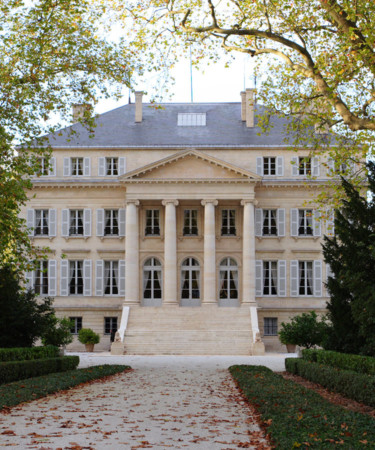Let’s face it, there are some wines in this world that most of us will never be able to taste, much less afford, but that doesn’t mean we’re out of luck when it comes to partaking in the world’s most famous wines. How? A little thing called the second – and even third – label.
The idea of the second label was born in Bordeaux in the 18th century, but didn’t truly take hold until the 1980s when, thanks to a certain wine writer, prices of Bordeaux became so exorbitant, the most celebrated bottles soared out of reach of all but the 1%. While the wineries were thrilled that their best wines were fetching top dollar, they didn’t want to prevent some of their most loyal supporters from being able to drink their wines — hence the reintroduction of the Second Label.
The idea of second label wines is rather simple: wineries of high acclaim choose to reserve their best grapes in the vineyard for the main wine, and create a second, and even third label wine with grapes grown on vines that are often younger or grown in vineyard locations that are considered by the vintner to be not as pristine as the locations of the top grapes – but often these locations can be right next to grapes used to make the first label. The same care is used to turn these grapes into wine, and the winery’s influence is still very much present. But because these second and third label wines don’t have the same label on the bottle as that of the winery’s main attraction, the prices are often much less, allowing you to try a wine from a place like Chateau Lâtour for a relatively lower price.
As the idea of the second label took off in Bordeaux, it was embraced for the same reason by other prominent wineries around the world who make “Bordeaux style” blends. This means you can try great wine from storied vineyards, without attending an auction or waiting to use the company expense account. Here are some great second – and third – labels to be on the lookout for:
If you want to drink Château Lafite Rothschild, drink Carruades de Lafite
Arguably the most famous winery in all of Bordeaux, Lafite often fetches prices north of $1,000, whereas on a recent search, bottles of Carruades de Lafite could be found for around $150.
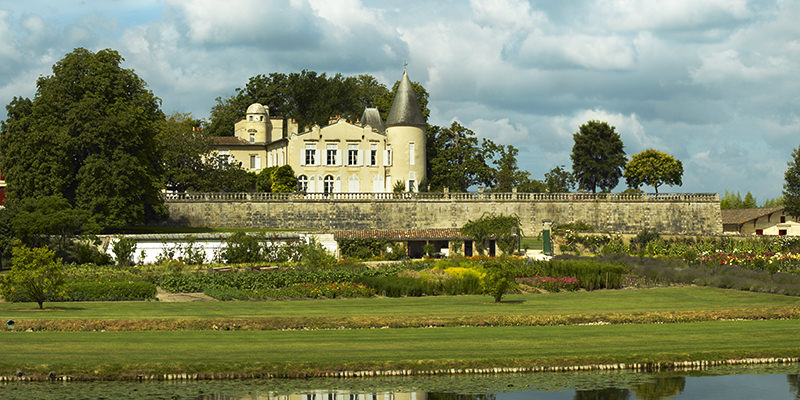
If you want to drink Château Latour, drink Le Pauillac de Latour
While Lafite does not make a third growth, it’s neighbor and fellow first-growth Château Latour does and the average price of this wine is around $80 a bottle. Not bad when this winery’s main wine can also cost around $1,000.
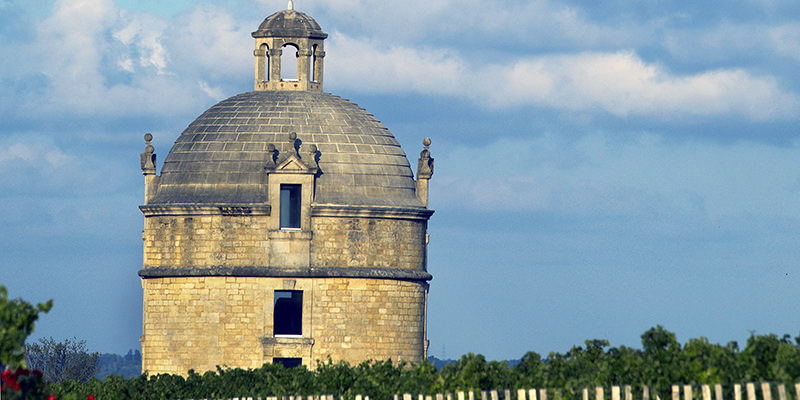
If you want to drink Château Margaux, drink Pavillon Rouge
The celebrated wine from this first growth is often said to be the most feminine and delicate of all the top wines from Bordeaux. But coming it at around $800 a bottle doesn’t make for easy access. The winery’s second label however, can be found for about $185.
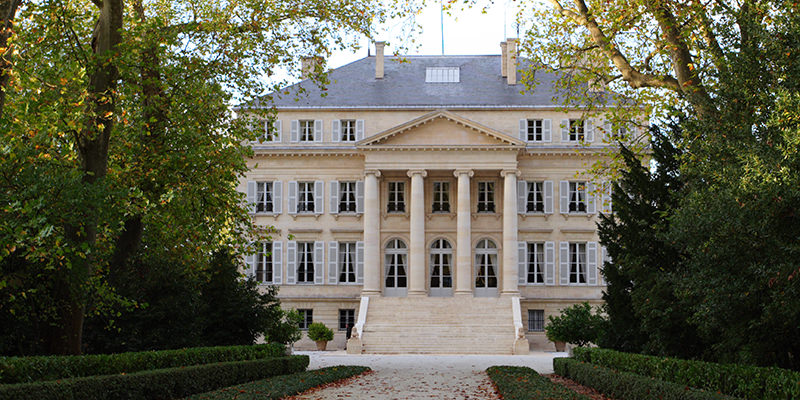
If you want to drink Opus One, drink Overture
A winery created by two of the most famous wine families in the world, the Rothschilds and the Mondavis, Opus One is often sold for $300 a bottle, but the winery’s second label, Overture, can be had for $115.
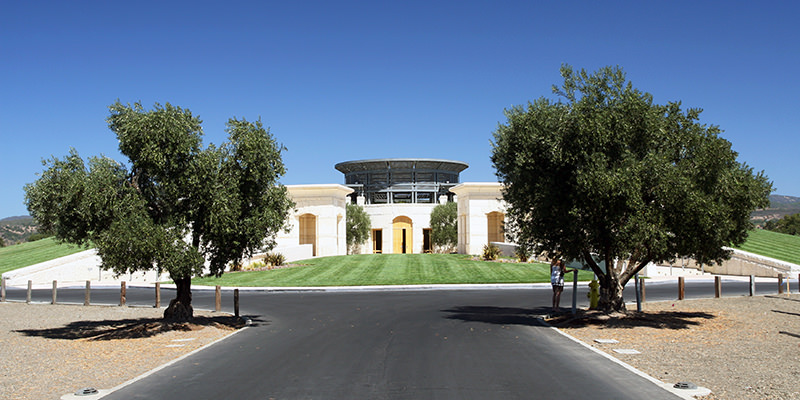
If you want to drink Ornellaia, drink Le Volte
Tenuta dell’Ornellaia makes one of the most famous Super Tuscan wines in Italy, and the price shows, selling for an average of $220 a bottle. For an affordable alternative, grab the winery’s rhird label, Le Volte, which is only around $20. You could also splurge for their second label, Le Serre Nuove, for around $60.
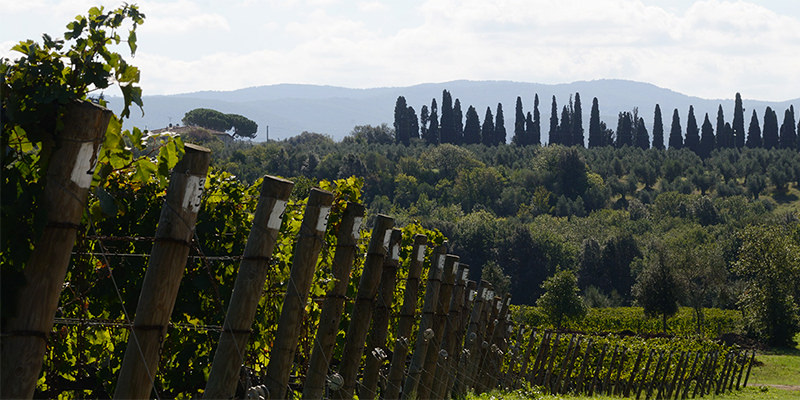
If you want to drink Sassicaia, drink Guidalberto
Sassicaia is probably the most sought after Super Tuscan on the American market, which is why it retails for over $200, but Tenuta San Guido’s second wine, Guidalberto, is only about $50.
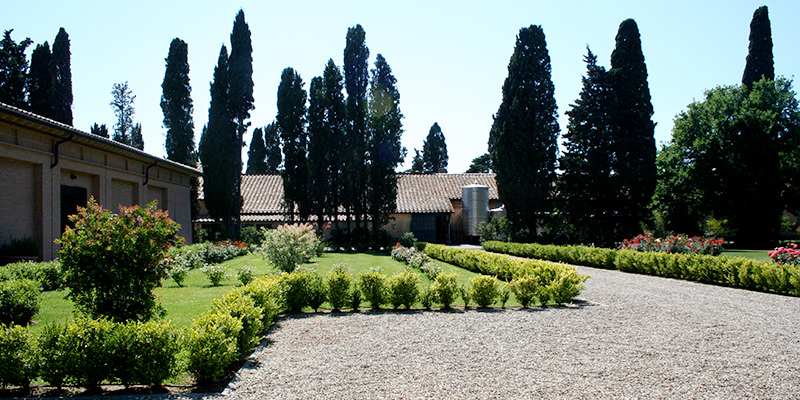
If you want to drink Vega Sicilia Unico Gran Reserva, drink Valbuena 5°
This second label alternative from this famed Ribera del Duero producer is still pretty pricey at an average price of $170 a bottle, but that’s still a lot more affordable than the $425+ price tag that the rarely declared Gran Reserva goes for.
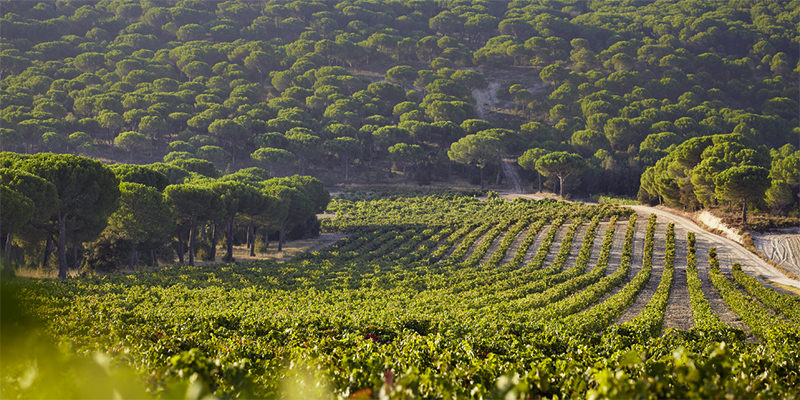
Images via Shutterstock.com or the wineries unless noted.
